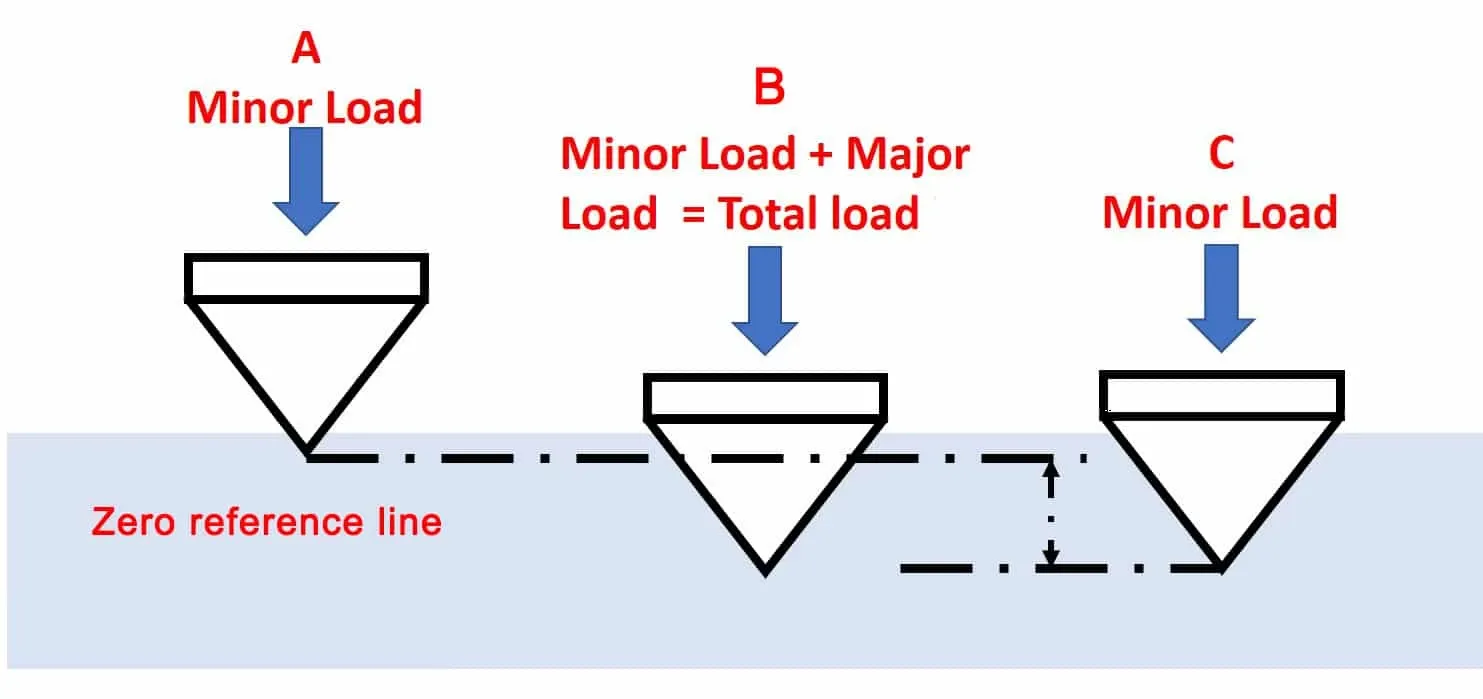The Importance of Choosing the Right Press Brake Tools
In the world of metal fabrication, choosing the right press brake tooling is paramount for precision and efficiency,they can improves quality, efficiency, and productivity—and even prevents machine damage and accidents.The best-case scenarios with incorrect tooling result in more set-up time, additional processes needed to get accurate bends, or lost productivity. In the worst-case scenarios, the wrong tooling can do short- or long-term damage to the machine, or even damage parts and cause accidents.
In our experience, these scenarios can be prevented with the right press brake tooling chosen specifically for the project at hand—and, in many cases, for future projects. Press brake tooling can be versatile enough to be used for multiple metal forming jobs or custom enough to make a large run of parts efficient and profitable.
Correctly calculate the overload tonnage of the press brake tooling
When choosing press brake tooling, it’s important to calculate a tonnage load that won’t overload the tools or press brake. Incorrect calculations can result in damage to the press brake, tools, parts, and even the operator. It’s also important to factor in the material thickness; more robust tooling is often needed for harder materials.
For the punch, the nose radius should be equivalent to, or slightly less than, the naturally floated air-forming radius value. There are many categories of punches, such as Standard Punch, Goose Neck Punch, Swan Neck Punch, Narrow Punch and Acute Angle Punch. As the name suggests, tools in the Standard Punch category are used for most common bends.
If you have any questions on selecting the right press brake tooling, feel free to send us your drawing.

The Rule of 8
In the realm of press brake operations, the rule of 8 stands as a foundational principle.In a perfect world, you should be able to select the V-die opening using what we call the rule of 8; that is, the V-die opening should be 8 times the material thickness. To determine this, multiply the material thickness by 8 and choose the closest available die. So if you have 1mm.thick material, you need a die that’s 8mm-V. (1 × 8 = 8 ); for 1.5mm material, you need a 12mm-V die (1.5 × 8 = 12). This ratio gives the best angular performance, which is why many call it the “sweet spot” for V-die selection. Most published bending charts are centered around this formula.
But alas, in the real world, the exceptions abound.Regarded as a benchmark for numerous bending tasks, the rule of 8 can help generate an internal radius roughly equivalent to the material’s thickness, as long as the tonnage stays within the recommended range. Yet, it’s worth noting that this rule isn’t ironclad. Depending on the variance in material thickness, this factor might increase or decrease. Hence, it isn’t rare to come across V-die openings measuring 6 times, 10 times, or even a whopping 12 times the material’s thickness.
When it comes to bending thicker plates, the challenges intensify. Such plates often demand a V-opening that’s about 10 times their thickness. This adjustment ensures an even force distribution across a broader surface, minimizing the risk of cracks – a common occurrence given the material’s diminished ductility.
So, before you finalize your press brake die selection, start by identifying both the thickest and thinnest metal sheets you’ll be bending. Harness the rule of 8 to ascertain the right V-die size. Begin with the smallest V-die, double its size, and continue this pattern until you reach the maximum mold. In instances where an exact match proves elusive, it’s prudent to round off to the closest available mold size.




